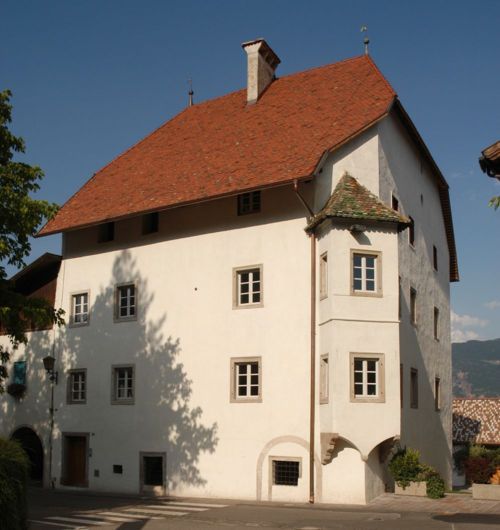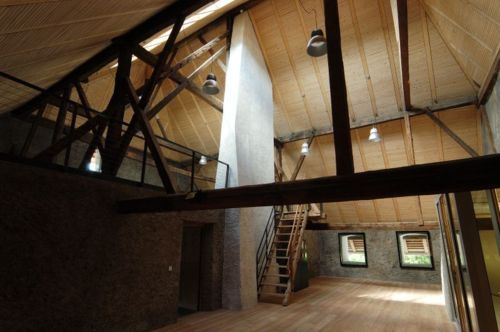We are still in Italy, still in the north, but a little further north, in the city of Bolzano. The only way to get to the Dolomites. A conflicting city, austere but cozy. Everything is tidy and clean. We’re in Alto Adige, the italian region where people speaks also german, chiefly german. We take the most of this international mood to talk about living matters in contemporary debate, about archive, memory, collections and collecting and also about an ancient practice that has become an independent field of research, the drawing.

Two venues spur us: Museion, the Museum of Modern and Contemporary Art in Bolzano and “Lancerhaus”, an amazing cultural location nearby, in Appiano, on the road to Bolzano. You fell astonished when Museion appears almost by chance, inside the city. It’s a weel-done project of an architectural studio from Berlin, Krüger Schubert Vandreike (www.ksv-network.de).
On the inside, two italian artists, Stefano Arienti and Massimo Bartolini, have decided to play (playing is a very serious activity with specific rules) with the collection and resurface it from the warehouse. Some cultural operators are used to work here but it’s a place strictly forbidden to the public. -2+3, this is the title of the project, is a math formula that indicates this resurfacing movement, from the basement to the upper floors of the museum. They have moved sculptures, installations and a series of grids and set up them following a plan designed by themselvers. On these grids the two-dimensional works (paintings, photographs and graphics) are displayed in the same way the two artists have found them before. With their action, Arienti and Bartolini have figured out the process of accumulation and archiving, the museum’s history, its backbone. The collection was stratified with the passing of time like the rings in a tree cut. Museion’s collection was born at the end of Eighties. It consists of 2500 works of local and international artists and of two prestigious collections, the Archivio di Nuova Scrittura (New Writing Archive) and Enea Righi’s. The collection identity is strong and regards most of all the theme “Language and Art”.

And then, with a very useful guide on your hands, where the grids, the outlines of the works and their captions are accurately designed, you move with your head up and your eye jumps from a work to another, you have fun to know them, the same exercise professors used to test your knowledges (they had studied by the legendary art historian Roberto Longhi). Then it was less fun, but it seems to work.
Museion hosts also Arsenale exhibition curated by Andreas Hapkemeyer. When you say “arsenale”, at once you think about Venice Biennal, that magical place where you get exhausted but excited after seeing a mass of installations, sculptures and photographs like Venetian fleet after the battle against Turks. Here we find only drawings, or better, pencil on paper of course, but also cartoons, etchings and mixed media on paper. Before moving to Lancerhaus that hosts the other half of this exhibition, the one with works of international artists, I would linger for a while on the series of “Kalenderblätter” (Calendar sheets) that Berty Skuber filled with tiny writing and scratches to describe us her life day by day. A very personal handwriting that has no fear of emptiness, a texture of episodes that piles up breathlessly on the white surface.

You appreciate the sophisticated renovation project of this building belonged to the ancient aristocratic family von Lancer that keep undamaged the original features, the hip roof, the vaults of the cellar, the big bow-window and the quadrangular windows surrounded by stones, and enhance them. Ancient and typical stoves give peculiar identity to each room.
Natural materials and colours rest your eye so that it can be focused on the works. It’s like visiting an ancient Gabinetto delle stampe, a Drawings exhibition room but the works are extremely contemporary: you can find Claudio Parmiggiani, Raymond Pettibon, Lucio Fontana, Günter Brus, Öyvind Fahlström and Hanne Darboven.
The moral of this story is: the quality of a cultural policy is always recognizable.
